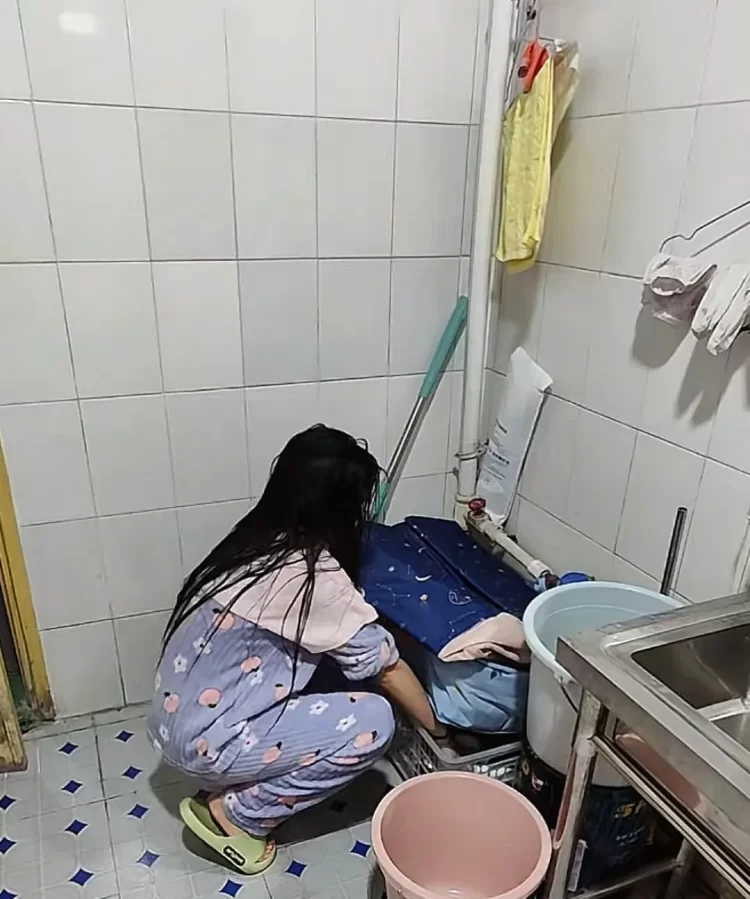Meet Yi Jiefeng, a Shanghai woman who has helped plant millions of saplings in Inner Mongolia, over the past 12 years. Her goal is to reforest the arid Alashan Desert while keeping alive the memory of her son who passed away 16 years ago.
In the year 2000, Yi’s only son, Yang Ruizhe, was killed in a road accident in Japan, and the tragic incident left her a shattered woman. But she eventually found a way to deal with the grief by devoting her own life to fulfilling her son’s dream. Ruizhe had told her about his plans to plant trees in northern China’s Inner Mongolia Autonomous region in order to stop the advancing desert, so Yi decided to fulfill his dream herself. “He was fond of nature since he was a little boy,” she said. “He was concerned about natural things such as wind, rain, plants, and animals.”





















